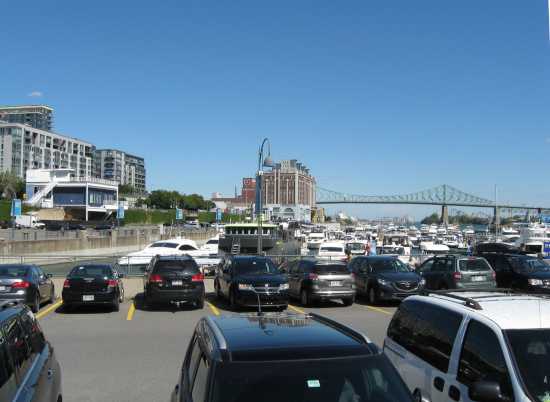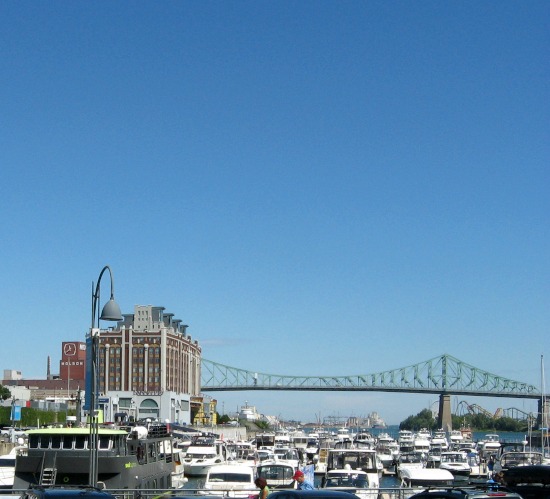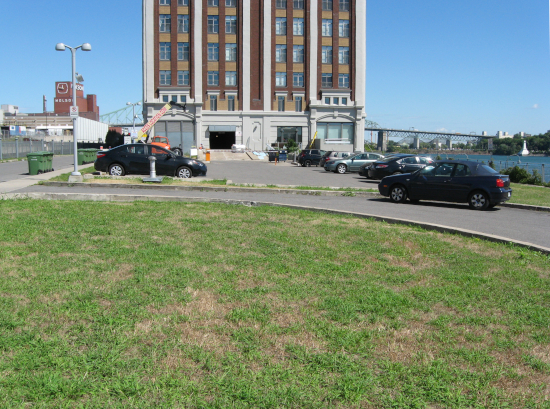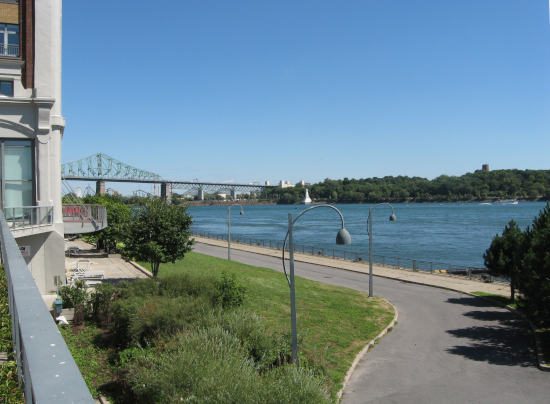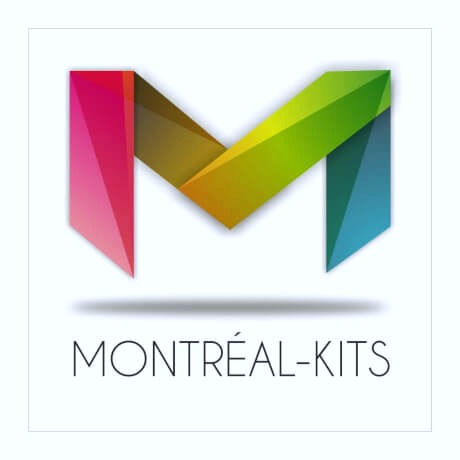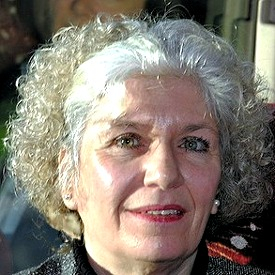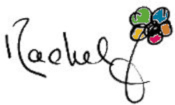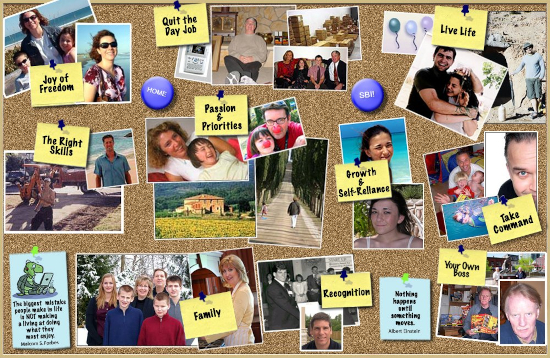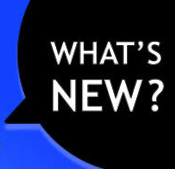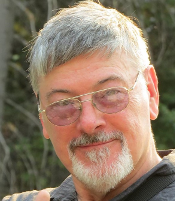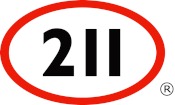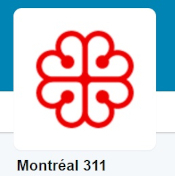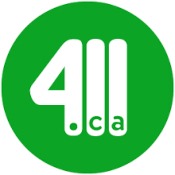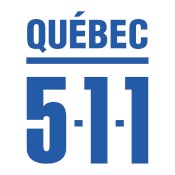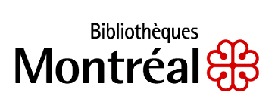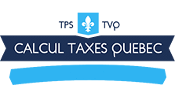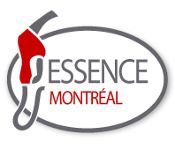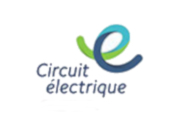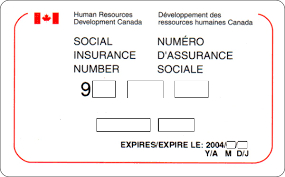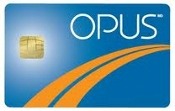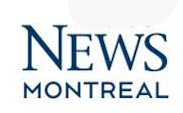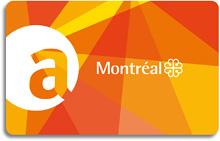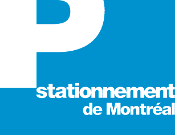Montreal Metropolitan Community
The Montreal Metropolitan Community also called Greater Montreal is, of course, a physical form as well as an historical, cultural, social, political, economy form and entity located at the center of Greater Montreal as in a large and busy city.
Whether your urban city preferences go towards city museum, park designs, movie theaters, music centers, fancy bars, dress boutiques, metro stations, the Montreal Metropolitan Community offers its particular brand of urban areas where to live, where to study, where to work, where to relax, where to eat, where to drink, where to shop, where to flirt, where to stroll...
Urban Baseball, Urban Basketball...
An urban city where sports enthusiasts get to cheer their:
- NHL - Montreal Canadiens hockey league at the Bell Center,
- CFL - Montreal Alouettes football league at the Olympic Stadium or at the Percival Molson Memorial stadium,
- MLS - Montreal Impact soccer league at the Saputo Stadium and
- Canadian Women's Hockey League at the Place Bell, the Bell Sports Complex or the Complexe sportif Claude Robillard.
Three high-profile auto racing events happen every year at the Circuit Gilles Villeneuve on Notre-Dame Island. Also popular are local baseball and basketball games, boxing and tennis tournaments as well as roller derby leagues and rugby clubs where all those interested are definitely welcomed.
Montreal Urban Climate
In Montreal urban city, spring is usually unstable, summer is warm and humid, fall is pleasant and winter is cold. That said, global warming and climate hazards such as heat waves, heavy rainfalls, river floods and freezing rains do affect our natural environment, our built environment, our population and our activities.
That said and despite global warming, our autumns still range from warm to chilly, winters are cold, snowy and windy, springs range from chilly to warm and summers bring a warm, hot and humid weather.
Then again, the Montreal Urban Agglomeration recently introduced its Climate Plan - 2020-2030. The Climate Plan 2020–2030 is one of the tools that will enable Montréal to achieve carbon neutrality by 2050, in keeping with the One Planet Charter to which it adheres.
The Climate Plan 2020–2030 will enable Montréal to meet its commitments and maintain its leadership role in the fight against climate change, while improving the quality of life of its population in the short, medium and long term.
Montreal Urban Elements
Famous elements such as the 1000 de la Gauchetière and its large ice skating rink, the 1250 René-Lévesque connected to the Bonaventure metro station, the 1501 McGill College connected to the McGill metro station, Altitude Montreal with its luxury condominiums and hotel-style services, the Château Champlain now part of the Marriot hotel chain...
Cities are for people and public spaces such as parks, squares and sidewalks are elements that bring people together especially in urban environments where concrete is the main building material. Green and urban spaces that range from water fountains, to street art, to festivals, to public markets...
Montreal Urban Transportation
In our Montreal urban city, roads are elements that range from small pedestrian streets lined with trees, to regular streets, to commercial streets, to large avenues, to boulevards, to routes and to expressways.
A unique Montreal street network from east to west and from one river to another. And this is without mentioning the 28 bridges that surround our Island.
As for getting around, our public transport is convenient, affordable and reliable. Our metro opens at 5:30 a.m. and closes at 1:00 a.m. except on Saturdays when it closes at 1:30 a.m.
The average and usual wait time between trains is eight minutes and three minutes during rush hours. Taxis are affordable and our Société des Transports offers many different day and night bus services.
Montreal Kits
Montreal Metropolitan Community
Disclaimer Keep in Touch! Montreal Tourism
Privacy Policy Rachel Louise Barry Sitemap
Montreal Kits © All Rights Reserved 2018-2024
The information provided by Montreal Kits is informational only and has no legal value.







